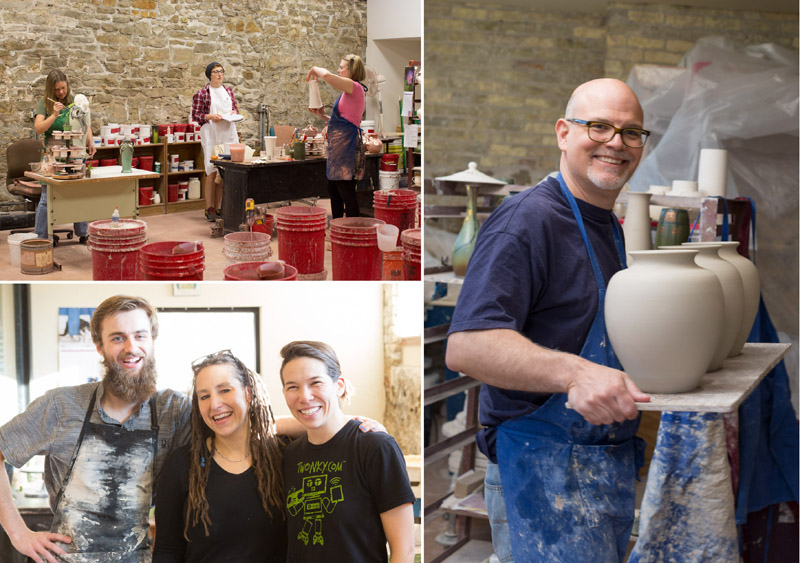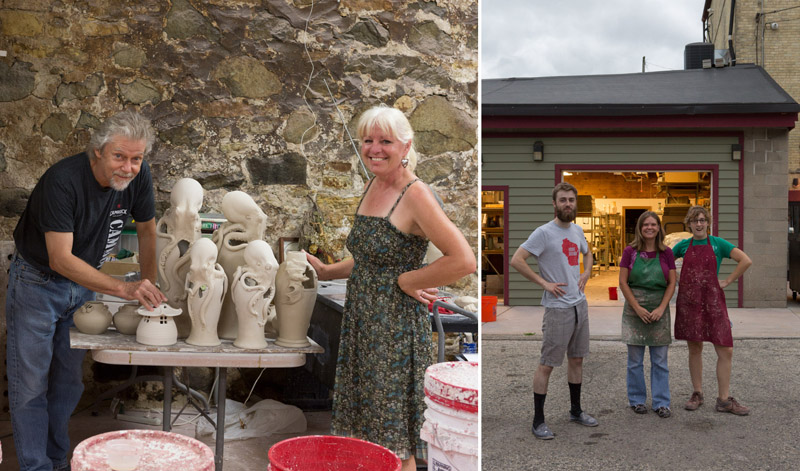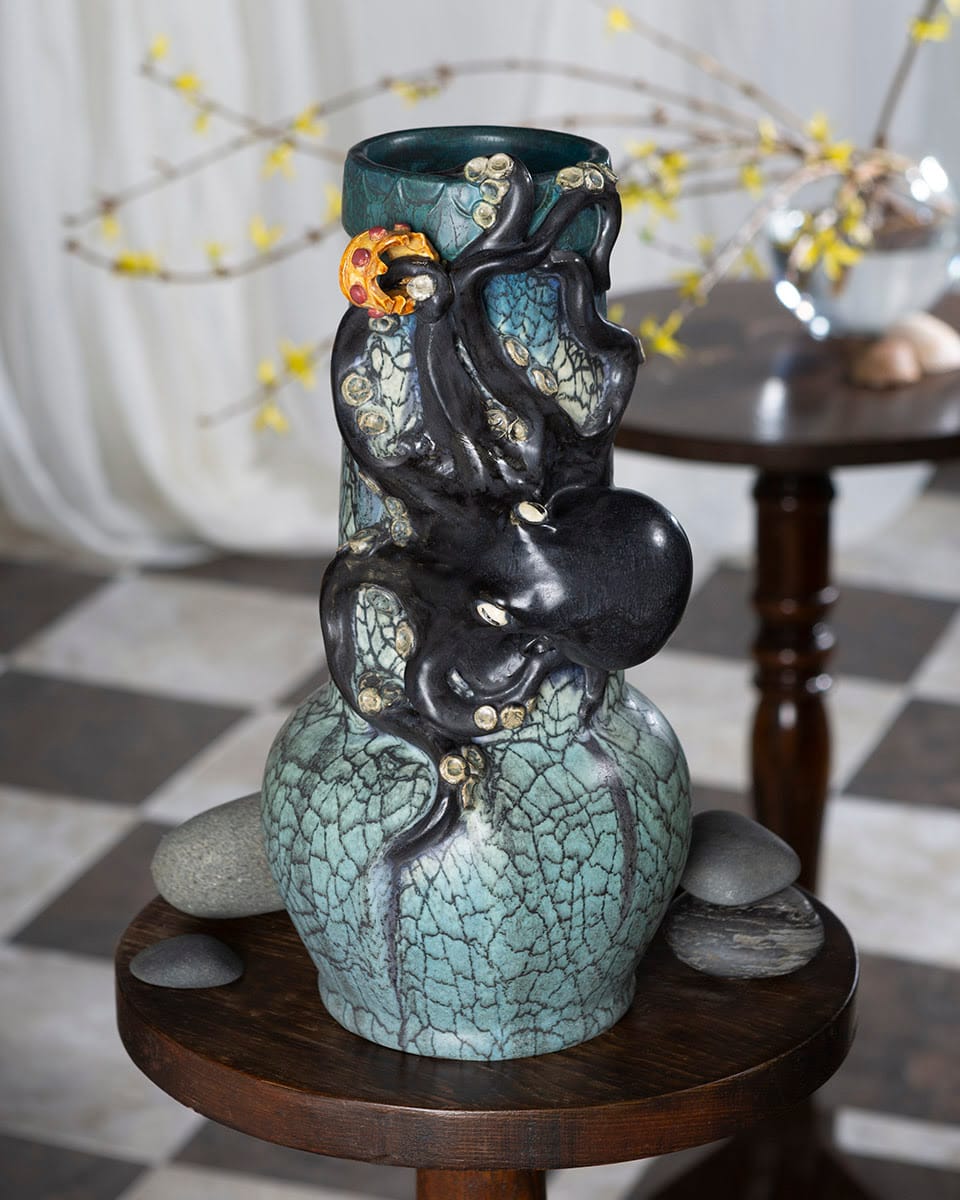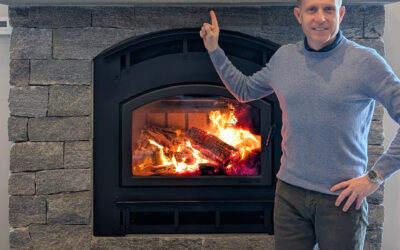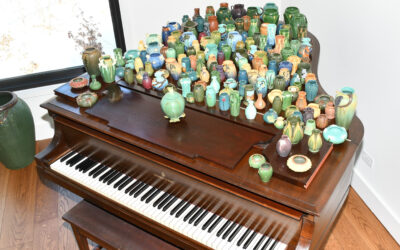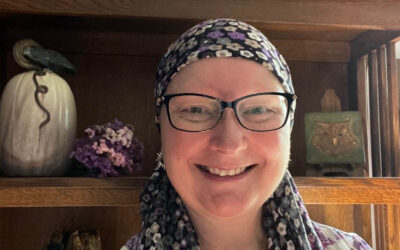Visitors to Ephraim’s studio and galleries often ask questions about how we price our pottery and how a business like ours operates in general. Because we have a unique business model that we feel works well and could work well for other artists too, we wanted to share some of the answers to these frequently asked questions.
How does Ephraim price pottery?
Pricing art may seem arbitrary to some of our customers, but at Ephraim we must balance wages, material costs, and other overhead. For this reason, we price in a consistent, predictable way. Because the majority of the cost of making our pieces comes from labor, we time ourselves as we develop new pottery. The price of our pottery directly relates to how long the piece takes to produce in order to pay our artists a base living wage. Because we price with a goal to come out even, we rarely discount our pottery. If however, we do see a profit at the end of the year, the employees share in this as well.
Is Ephraim a collective of artists?
We do not think of ourselves as a collective. A collective, by our thinking, would be a group of artists that work in the same space and perhaps share an umbrella of marketing/office overhead. In this scenario, each artist still independently creates their own art and is paid according to how much of their art sells in a direct way. At Ephraim, however, our artists, as well as our marketing/office staff, work together on a singular vision. When we release a grouping of pottery, we have brainstormed the ideas together and taken into careful consideration the balance of the work required to make those pieces. In this way, all of us have a roughly even amount of work moving through the system and everyone depends on everyone else.
Does Ephraim pay artists and other employees a living wage?
Yes. The sustainability of a living a wage has been a goal from the outset. In 1996 when Kevin Hicks opened the pottery, he had a vision to provide a structure for talented artists in which they could make art and depend on year-round employment. From his background as a production potter, Hicks saw that among his fellow potters and other artist friends that there existed a pervasive challenge to live on artists’ wages, primarily because of the seasonality of the business. Hicks had three primary goals for his fledgling art studio:
1. There would be no seasonal lay-offs
2. Every employee would have a voice in the art and the business
3. These jobs would be as professional as any other, offering support in the form of healthcare, paid vacation, and retirement
What are the benefits of Ephraim’s sustainability model?
Ephraim has been a 25+ year experiment and the results have been undeniably positive. As a result of our model we experience very low turnover and a great amount of personal investment from our employees. We are especially happy to see our employees and their families benefiting from a sense of stability. Mostly, though, it is rewarding to see artists make a lifelong career of simply being an artist – a career that most people don’t realize exists in the realm of possibility.
